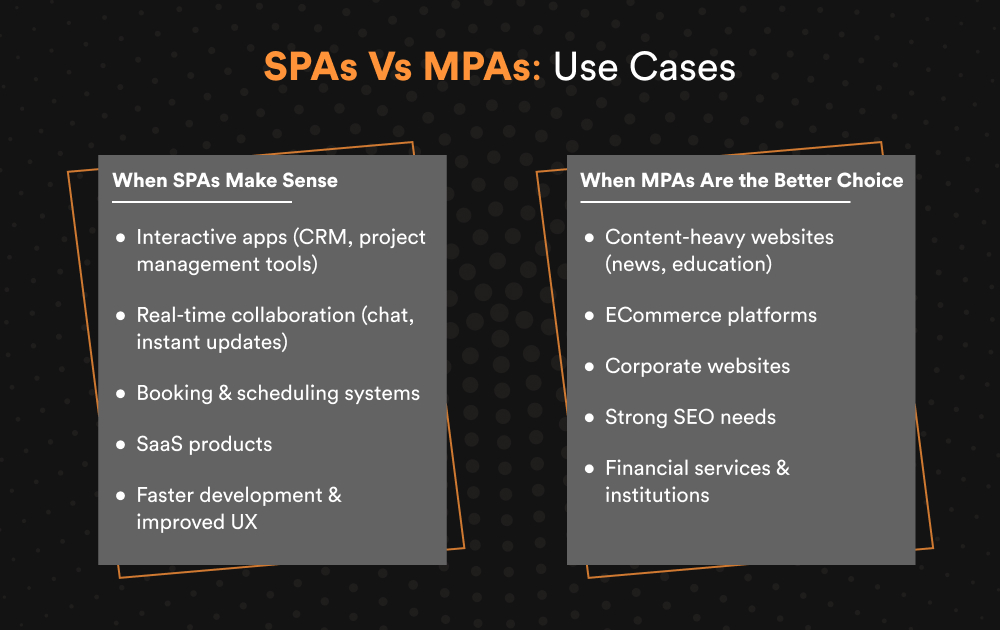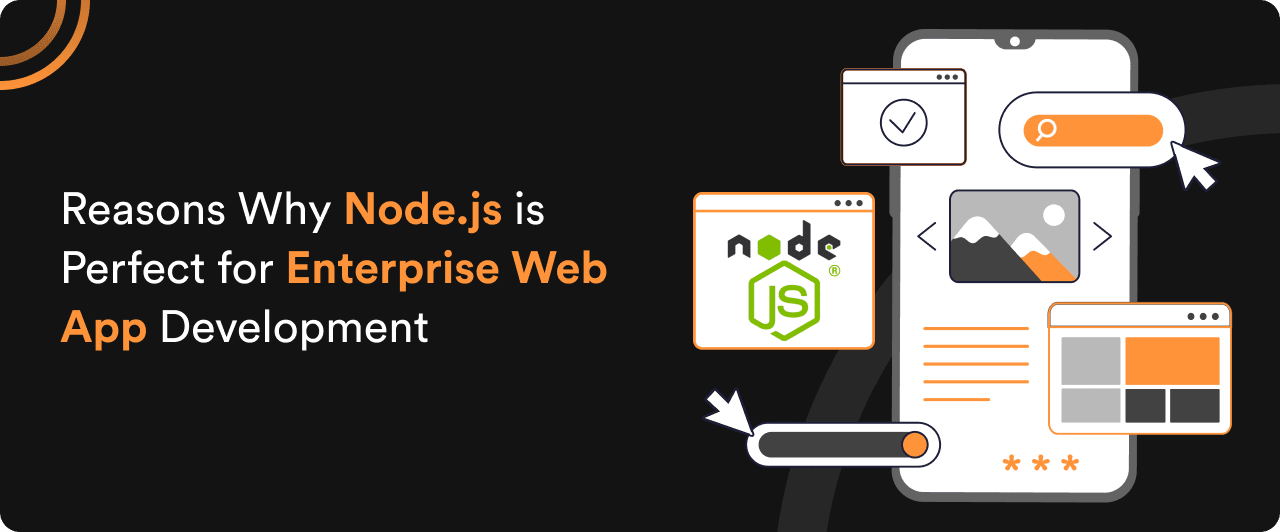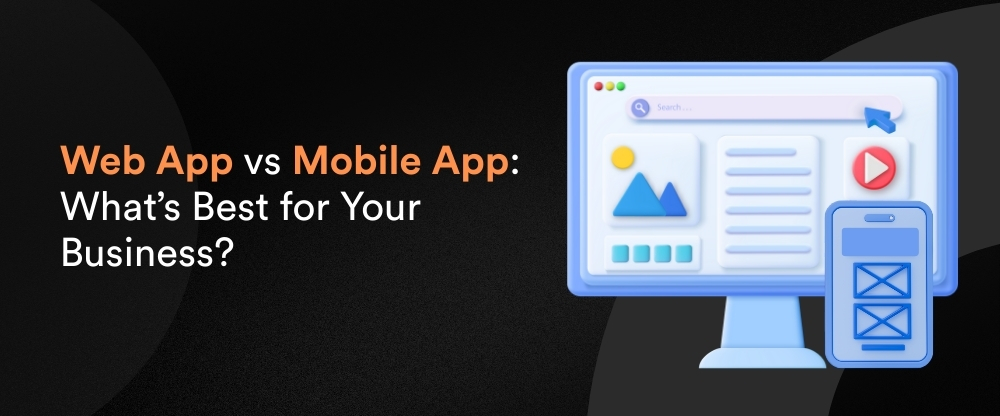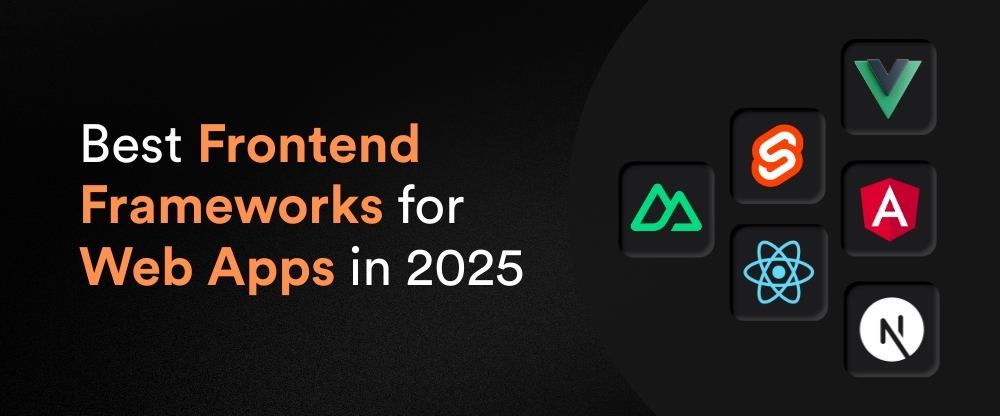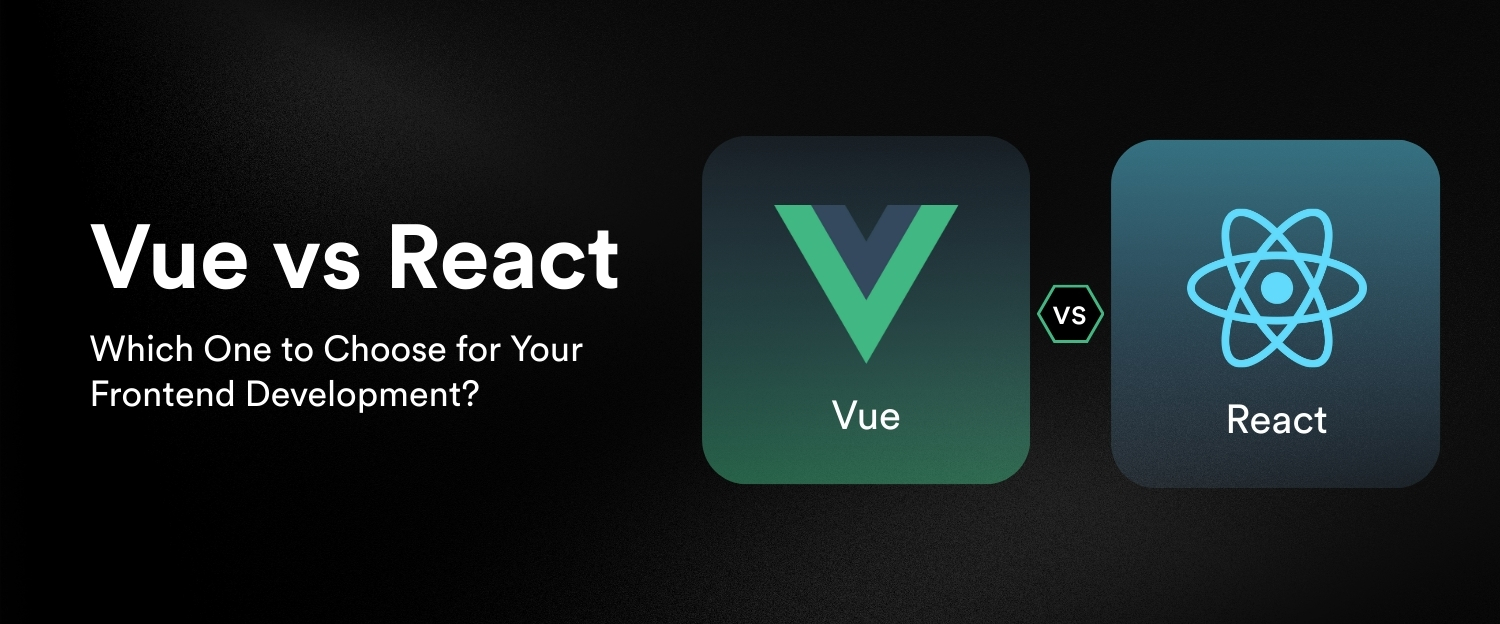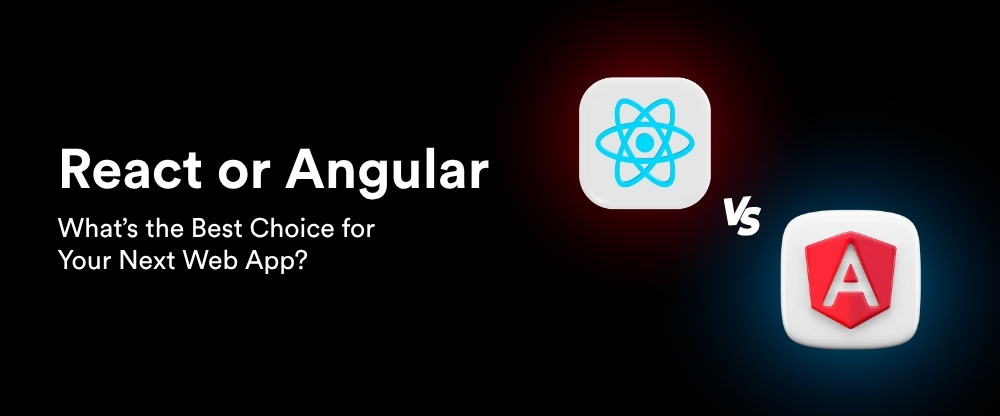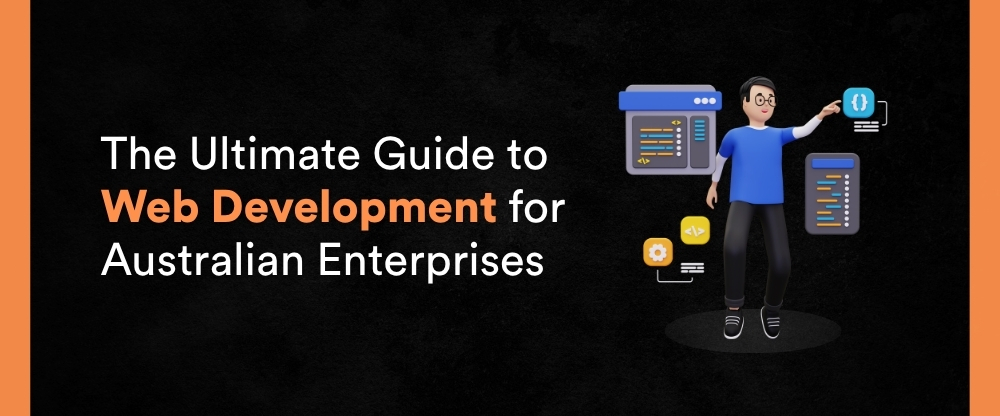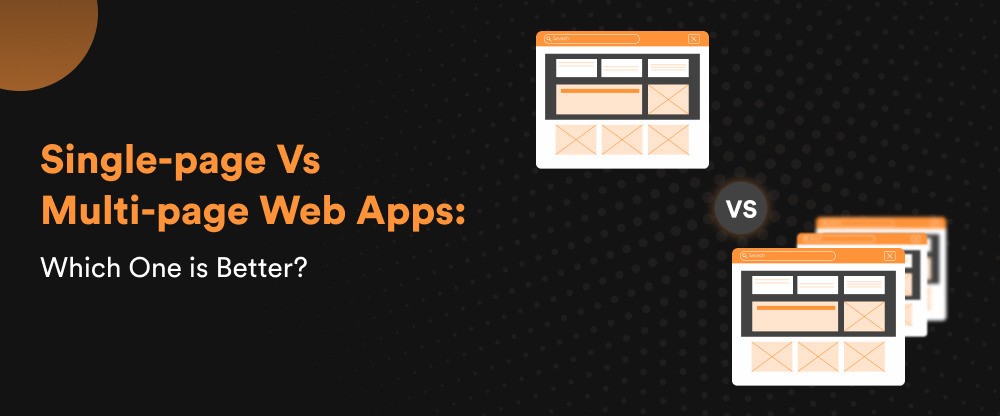
Planning to create a digital presence for your business? Not sure if you should go with a Single Page Application (SPA) or a Multi-Page Application (MPA)? Many businesses in Sydney face this dilemma.
It’s not just a technical preference. This decision affects everything—from how fast your site runs to whether customers can find you on Google. Get it wrong, and you might end up rebuilding your entire platform down the line.
Working with the right web app development company makes this choice clearer. Let’s break down what actually matters.
What Are SPAs and MPAs Anyway?
Single Page Applications (SPAs)
Think of Gmail or Slack. When you click around, the page doesn’t reload. Everything happens instantly. That’s an SPA. The entire application loads once. After that, only the content changes. No annoying loading screens between actions.
Multi-Page Applications (MPAs)
This is the traditional website approach. Click a web link, wait for a new page to load. Simple as that.
Every action requests a fresh page from the server. You see this on most eCommerce sites, news portals, and corporate websites.
Why This Decision Matters?
Your choice impacts real business outcomes:
- How much you’ll spend initially
- Ongoing maintenance costs
- Whether customers can find you through search
- How fast your site feels to users
- How easily you can add new features later
Companies offering web application development services in Sydney see businesses struggle with this decision daily. The wrong choice costs time and money.
SPAs Vs MPAs The 8 Key Differences That Actually Matter
1. Speed and Performance
SPAs load faster after the first visit. Once that initial download completes, navigation feels instant. Users click something, and it appears immediately. No waiting.
MPAs reload every single time. Each click means a trip to the server. That creates small delays that add up. However, the first page often loads quicker because it’s focused and lean.
For customer-facing applications where people spend lots of time clicking around? SPAs win. For informational sites where people land on a single page and then leave? MPAs work fine.
2. User Experience
SPAs feel like mobile apps. Smooth transitions. Everything flows naturally.Users who expect modern, app-like experiences appreciate this.
MPAs feel like traditional websites. Some users actually prefer this. It’s familiar. Predictable.
The back button always works as expected. Bookmarking specific pages is straightforward. There’s something to be said for simplicity.
3. SEO and Getting Found Online
MPAs are SEO-friendly by default. Each page has its own URL. Google can crawl everything easily. Meta descriptions work normally.
SPAs require extra work for SEO. Since content loads dynamically through JavaScript, search engines sometimes struggle. Solutions exist—like Server-Side Rendering—but they add complexity and cost.
4. Development Costs
SPAs often cost less upfront. Developers can reuse components across the application. Building goes faster. Testing is more centralised. But here’s the catch: making an SPA SEO-friendly isn’t free. That optimisation work adds to the budget.
MPAs typically cost more initially. Each page needs its own template. Navigation gets complex. More moving parts mean more development time. However, maintenance costs stay predictable.
A good company offering web app development in Sydney can estimate ongoing expenses accurately.
5. Scalability Over Time
SPAs excel with dynamic, interactive features. Need user dashboards? Complex workflows? SPAs handle these beautifully. Adding new interactive features to an existing SPA is usually straightforward.
MPAs scale better for content volume. Thousands of product pages? Complex information hierarchies? MPAs manage this more naturally.
6. Integration With Other Systems
SPAs love modern APIs. They work beautifully with cloud services, third-party integrations, and microservices architectures.
MPAs play nicer with legacy systems. Got an old database that’s been running for years? Established backend processes? MPAs often integrate more smoothly without requiring major system overhauls.
7. Mobile Experience
SPAs naturally feel mobile-friendly. They behave like native apps. Swipe gestures work intuitively. Everything feels responsive. No separate mobile optimisation needed in most cases.
MPAs require careful mobile design. With proper responsive development, they work great on phones. But it takes deliberate effort and testing.
The good news? Modern web application development services handle this routinely now.
8. Maintenance and Updates
SPAs centralise most code. Fix something once, and it’s fixed everywhere. Update a component, and all instances update. Sounds perfect, right? Until something breaks and affects the entire application.
MPAs isolate problems naturally. An issue on one page rarely affects others. You can update individual sections without worrying about breaking everything else. Testing is more tedious, though. Changes might need verification across multiple pages.
SPAs Vs MPAs: Use Cases
The Real Cost Picture: An Insight From Web App Development Services
SPA projects start cheaper. Development moves quickly. Shared components save time. Launch happens faster. Then SEO requirements appear. Or mobile optimisation needs adjustment. These extras add up.
MPA projects cost more upfront. More templates mean more design time. Complex navigation requires careful planning. Initial investment is higher. But ongoing costs stay predictable.
The right web app development company helps calculate the total cost of ownership.
Making the Right Choice
There’s no universal winner between SPAs and MPAs. Work with experienced web application development services in Sydney that understand business outcomes, not just technical specs.

